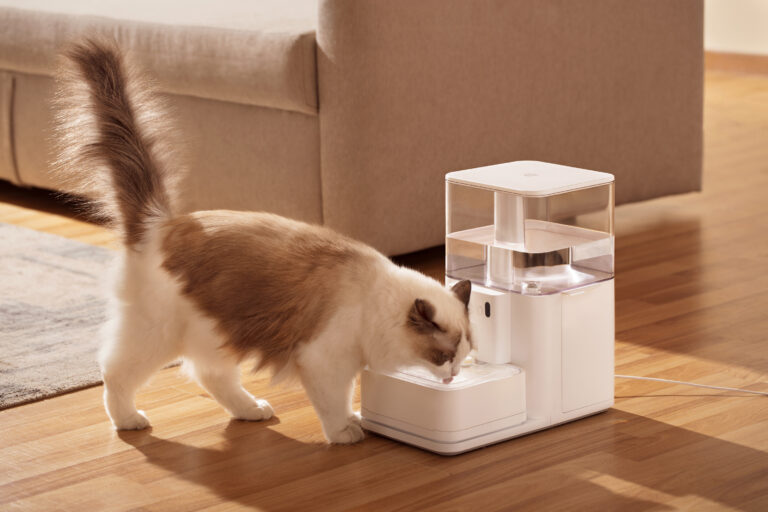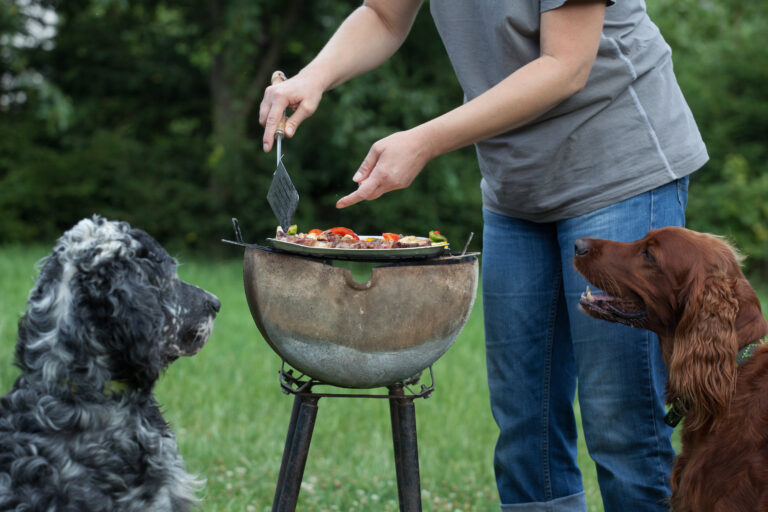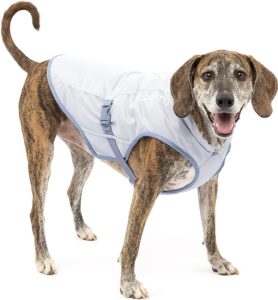Heat stroke is a common occurrence for pets during the summer, especially for short-nosed or flat-faced dog and cat breeds like pugs, bulldogs, Persians, and Himalayan cats. If your pet is overweight or has a thick fur coat, they're also prone to heat stroke.
Heat stroke occurs when a pet's normal body temperature (38.3°C to 39.2°C for cats and dogs) rises above 41°C. It's important to look out for some signs your pet might have heat stroke so you can take immediate action.
Watch for:
- Heavy panting that doesn't resolve as they rest
- Dark red to purple tongue colour
- Increased heart rate
- Increased distress
- Weakness/inability to stand up
- Vomiting
- Salivating
- Muscle tremors
If you suspect your pet has heat stroke, move them out of the heat immediately. Cool their ears, neck, stomach, and paws with an ice pack, cold towel, or cool (but not cold) water, and get them to a vet as soon as possible.
Heat stroke can be fatal, and can also lead to organ and brain damage, so it's critical you take all necessary steps to keep your pet safe.


